The 7 Stages of a Contract Management System
The contract management strategy process is a series of actions that guides you through seven stages. By using this process, you develop an effective way to handle company agreements and see them through to their conclusion. It's important that you understand each of the phases of the legal contract management process guide so you can know what to expect and can ensure optimal contract management. Businesses often use the advanced features of a contract management system to streamline their processes.
Before jumping into the seven phases of contract management strategy, let's define and understand the functions of contract management.
Contract Management
Contract management is the process of effectively administering and overseeing contracts throughout their lifecycle, from creation to execution and beyond. It involves activities such as negotiating, drafting, reviewing, monitoring, and enforcing contracts to ensure compliance with the agreed-upon terms and conditions. Contract management aims to optimize contract performance and maximize the value derived from contractual relationships.
The contract management process involves collaboration among various stakeholders, including legal teams, procurement departments, and business professionals, to ensure that contracts align with organizational objectives and legal requirements. The goal of contract management is to enhance efficiency, mitigate potential disputes, and optimize the overall value and outcomes of contracts.
Functions of the Contract Management Process
These functions include, but are not limited to:
- Execute and fulfill contracts
- Enforce deadlines
- Ensure deadlines are met by contractual parties
- Modification of contracts
- Conduct periodical contract term reviews
- Attend to breaches
- Communicate and interpret contract terms
- Manage and avoid risks
- Create templates
- Design approval workflows
- Mitigate potential compliance issues
- Streamline contract negotiation
- Simplify signature via e-signature solutions
- Contract tracking
Let's look at the 7 stages of contract management.
The 7 Stages of a Contract Management System
Stage 1: Planning Stage
The planning stage is one of the most important stages of contract management. Creating a flexible and streamlined contract process that suits your company’s needs, resources, and objectives is key. Essentially, the planning stage allows you to evaluate and outline contract steps objectives so you can effectively design appropriate management operations to address potential pitfalls and maximize efficiency.
Due to the legal nature of contracts, you must be prepared and strategic with your approach so you have all the tools required to send a contract through the seven phases of end to end contract management process flawlessly.
When developing your strategy, consider the following:
- The types of contracts your company regularly works with
- Who is responsible for specific stages of the process
- What issues have occurred in the past
- What resources are needed to implement the strategy
Once your contract management strategy takes these factors into consideration, you'll know that you're ready.
Stage 2: Implementation Stage
After outlining your legal contract management process, it's time to implement your plan. Generally, this involves the deployment of an automated contract management system to set up and execute contract-related tasks. During this stage, an automated contract management system will migrate all contracts and vendors to one centralized location.
By utilizing contract management software, like our Dock 365 Contract Management System, you can easily automate, simplify, and modernize your contract management process. Onboarding also occurs during this stage. It’s imperative that everyone involved knows both what your goals are as well as how to use certain tools as the process continues. If they are unfamiliar with either of these, they could introduce several issues and errors into the contracting process.
Stage 3: Pre-Contract Stage
With the foundation in place for your contract management process, it's time to begin implementing it for new contracts. This involves the creation of new "boilerplate" agreements for standard contracts. In this stage, creating templates and related documents that suit your business’s needs and objectives is highly recommended, as it helps save time and helps with compliance. During this stage, consult contract administrators to clarify problems within the contract.
When creating new contracts, it’s necessary to keep the following in mind:
First, try to make things as simple as possible. If you can, try to find a contract similar to what you're looking for, then make some adjustments to fit your needs. Developing contract steps from scratch can be difficult and time-consuming.
Once both parties have agreed and signed the contract (usually using an e-signature solution), it's time to progress to the next stage. We highly suggest keeping track of the audit trail and keeping tabs on who handled contracts and documents at specific times for the purpose of future compliance audits. An optimal contract management system will offer excellent audit trail-keeping features.
Stage 4: Handover Stage
After a contract is created and signed, then it is handed off to the person(s) that will execute it. Typically, the party that negotiates the contract is different than the party fulfilling it. It is critical during this stage to ensure a smooth handover so all involved parties are aware of the requirements to remain compliant. Be diligent and take time to walk all parties through contract steps details so you can confirm individual roles, responsibilities, and milestones.
Stage 5: Contract Stage
This is the stage of contract management where your contracts are finally enacted. While this may be one of the easier stages, it’s critical to manage it properly. Poor management of active contracts can create problems for your business and sour relationships with other parties. By constantly monitoring contracts, you can avoid unnecessary headaches and optimize your process.
During this stage, stay attentive to contract terms and consistently review that all steps are occurring to plan. We recommend using a contract management system to help you plan and organize your active contracts.
Stage 6: Pre-Renewal Stage
Contracts don't go on indefinitely, and eventually, every contract you create will come to an end. There are several ways that a contract can end: by termination, by renewal, or by premature termination.
When ending a contract, you must stay well informed and aware of potential penalties/terms that could occur. This is why it’s very important to constantly monitor your contracts, especially the ones that are nearing expiration. This way, you can see what needs to happen with a contract and evaluate whether you want to let it end or renew it. You can maintain an effective contract process by staying aware and planning for specific dates and deadlines. Automated notifications and alerts regarding contract management deadlines and expiration dates can ensure that renewal dates and other pertinent dates are never missed again.
Stage 7: Post-Contract Stage
If you choose not to renew a contract, there are necessary actions you will need to take. For example, if there are termination conditions such as final invoices, fees, or providing notice dates, you must address them completely. It’s easy to avoid contract issues when you have taken the time to stay ahead and stay fully aware of all conditions.
Once those items have been taken into account, archiving the contract is the next step. By archiving your contracts, you create an organization system allowing you to access them later so you can review and make adjustments to future contract processes if you see areas for improvement. Post-mortem contracts provide valuable insights into your project contract management process guide so you can make changes and improve it.
Conclusion
While the contracting process is lengthy and requires much attention to detail from various parties, it’s key to stay fully informed and well-prepared so you can have an edge over your competitors. With proper preparation, monitoring, and organization, you can have an optimal project contract management process that functions well during each of the seven stages. Knowing where the potential bottlenecks and pitfalls will occur means having a greater ability to prepare for challenges and errors, and then make rapid, well-planned adjustments in the course.
In addition, a CLM maturity assessment will change contracts by bringing meaningful insights into effectiveness and areas for improvement in current processes. This assessment allows organizations to streamline their contract management practices- not only ensuring that they meet compliance requirements but also making them efficient and effective.
Rather than allow for simple mistakes and user error to create monumental setbacks and financial penalties (fees or fines), you can design a near-flawless plan and contract management process that is custom to your business needs and objectives. It requires careful preparation and moderation to be done properly. By going through the seven stages described above, can gain a better grasp on the contract process and avoid several challenges and rather, be very prepared for them.
Book a Live demo
Schedule a live demo of Dock 365's Contract Management Software instantly.

Written by Quentin Russell
Quentin Russell is a Content Specialist with knowledge of Content Marketing and Social Media Marketing.


